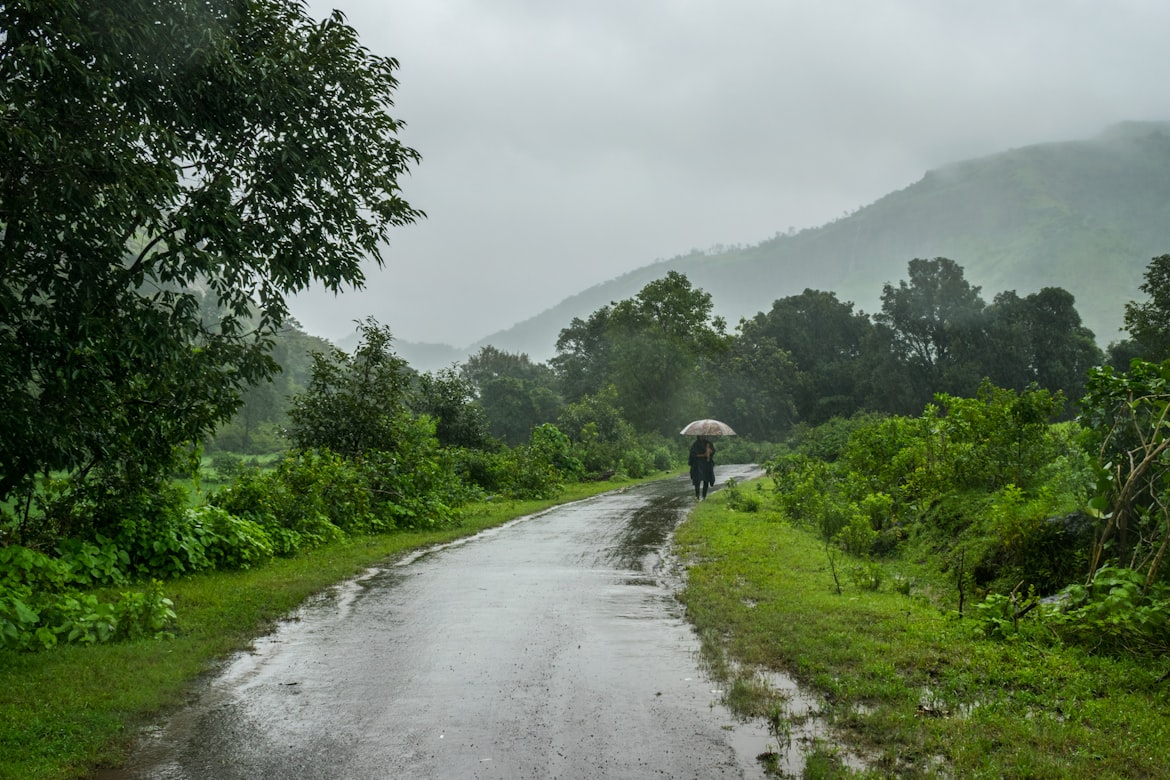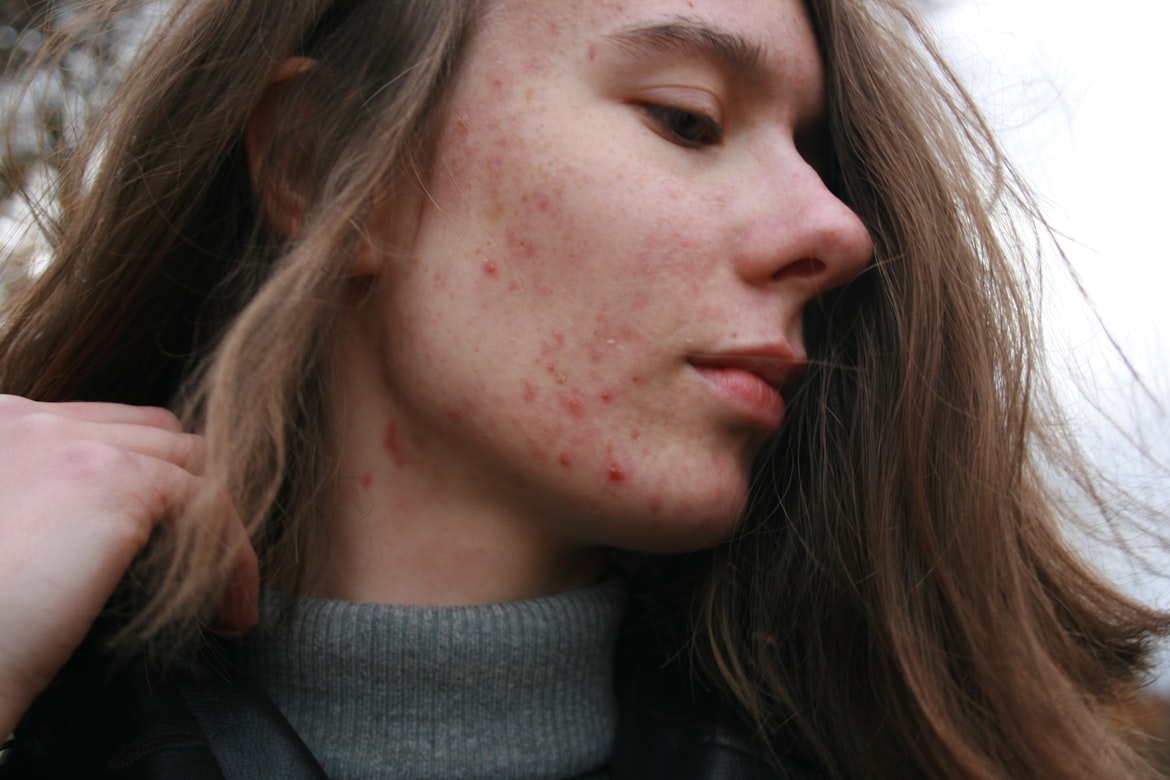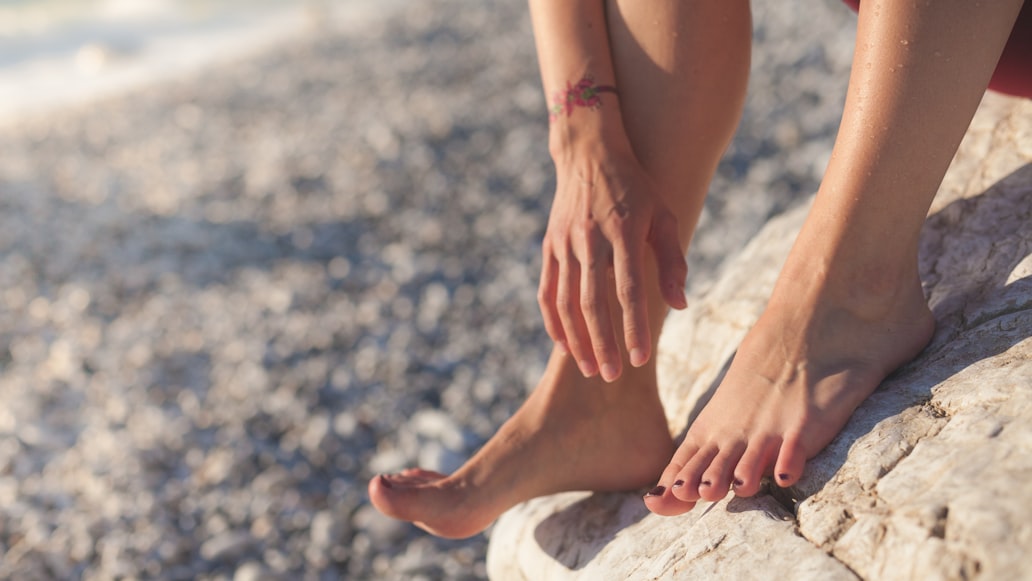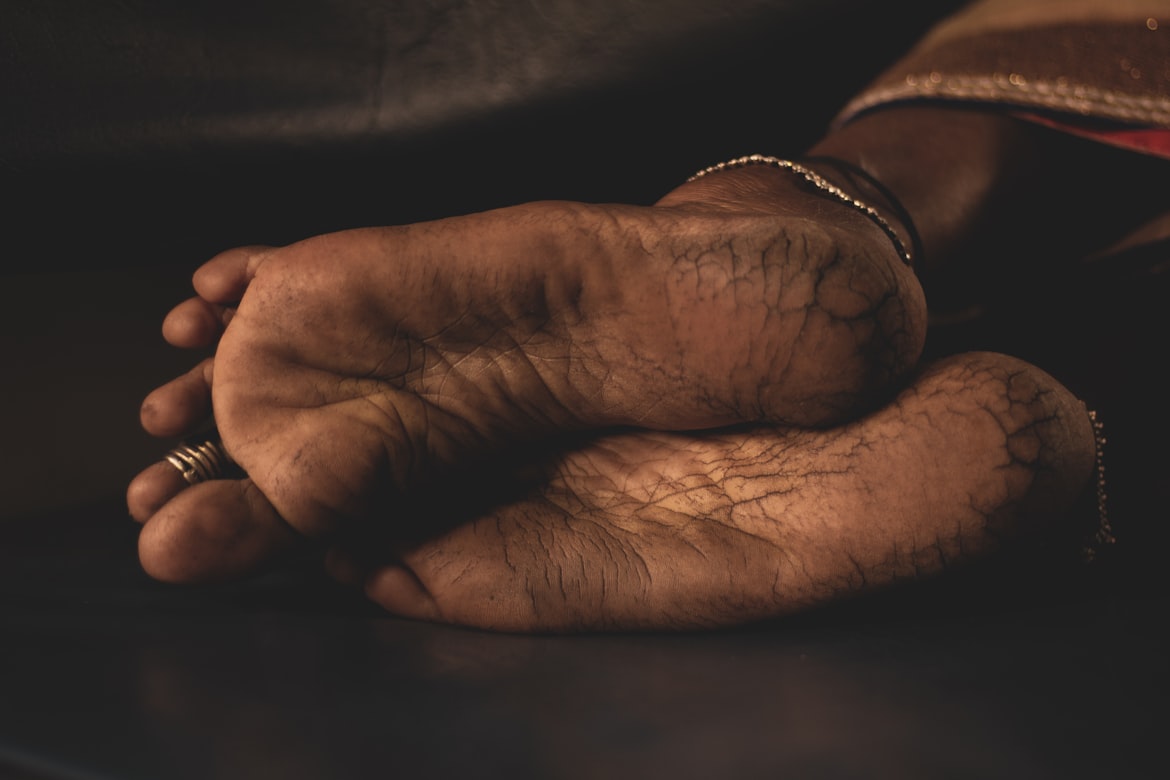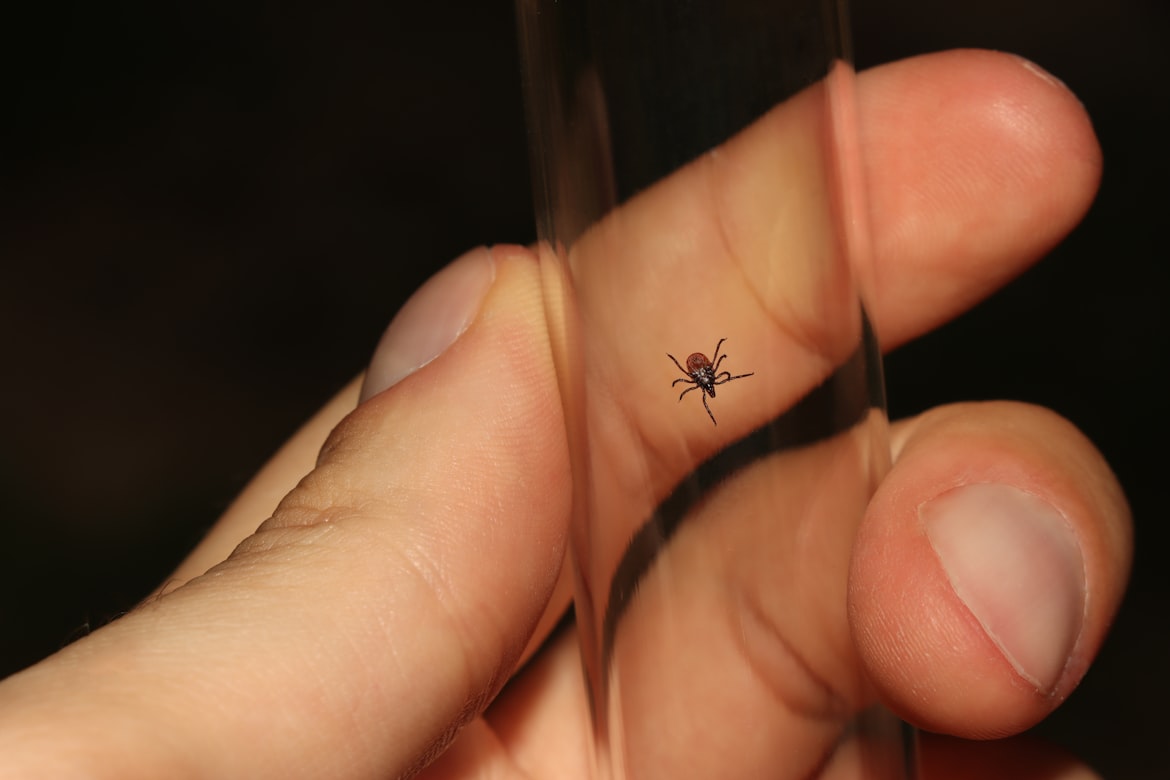Monsoon is probably the most confusing season of the year. It is humid and cold at the same time, so you don't know whether you should wear a sweater or go sleeveless. But it does not end there. This kind of weather has adverse effects on your health as well, and mainly your skin.
According to a study, there is a pattern of skin diseases that occurs during each season. This means skin allergies and infections are season-specific. And the weather conditions in monsoon are ideal for bacteria to improve breeding. However, you must understand when mixed with rainwater that poor sanitation is the root cause of most skin diseases in monsoon as it makes you more susceptible to infections and viruses.
Contrary to popular belief, rainwater is not pure. Therefore, it is quite common for you to develop skin infections after coming in contact with it, as the water is polluted. Rainwater is always "slightly acidic." It reacts with the carbon dioxide in the air and comes down as carbonic acid.
And while pure carbon dioxide can burn your skin when mixed with rainwater, it is not as hazardous. However, it is harmful enough to cause diseases.
Another issue that arises during the monsoon is that of the deficiency of vitamin D in your body. Since sunlight is the perfect source of getting vitamin D in your body, the absence of the sun during this season can lead to major skin diseases such as eczema and psoriasis.
But that's not all. A myriad of other skin-related problems can arise in the monsoon season, and dealing with them is a mammoth task. So, here is the list of the eight most dreadful skin problems to look for this monsoon and how to approach them.
1. Acne
Acne is a common skin condition that affects more than 10 million people in India. And it is extremely easy to contract. A minor allergy or slight disturbance in the surrounding environment can induce acne. Regardless of your skin type, acne is a prevalent skin condition among people during monsoon.
Due to a climate that oscillates between humid and cool, the moisture in your skin causes it to produce and release oil. The oil then clogs your pores, which ultimately leads to acne. The condition worsens when you feel the urge to prod the affected skin and fidget with the acne.
But, you should always leave it be! The best way to stop acne from spreading everywhere is by not playing with it. This is because your nails and fingers are not the cleanest parts of your body during the monsoon.
And there is no way of knowing if they have any bacteria on them. So, when you touch the acne with your fingers or nails, you risk infecting the area even more. Moreover, popping can result in smearing of the pus around the infected part, causing the acne to spread all over.
2. Athlete's Foot
You might have often wondered what those little red rashes you notice between your toes are. It is a condition called athlete's foot. It is a kind of fungal infection that usually occurs because of excessive sweating and unclean footwear, primarily closed-toe shoes.
That is because closed-toe shoes offer very little room for ventilation. This causes the sweat to get trapped inside the shoes, which leads to the growth of fungus on your skin. Athletes' foot affects millions of people in India, especially during monsoon. But there is a way to avoid it.
Start wearing clean socks. Wash your footwear once every two weeks and opt for breathable shoes. For example, women can wear peep toes while men can opt for hollowed-out shoes that work for both formal and informal occasions.
3. Ringworm
Ringworm is a type of athlete's foot that occurs on your scalp and other parts of the body. Since it is caused by mold-like fungi, ringworm is quite common during monsoons given the ideal breeding conditions. And what's more petrifying is that these fungi live on your dead skin.
Ringworm causes you to itch incessantly and is highly contagious. You might also develop ringworm if you engage in swimming. The first precautionary measure to take to prevent developing ringworm is to avoid sharing clothes.
Also, refrain from being barefoot when you step outside as you might contract the fungi from soil or other damp surfaces. You can also take a bath after coming home to avoid spreading the bacteria inside your house.
4. Inner Thigh Rash
Also referred to as jock itch, the inner thigh rash is more common than you think. It is usually caused by chafing and rubbing of the thighs against one another while walking or running. You can also develop a heat rash if you sweat more than usual.
Refrain from wearing tight clothes. The tighter your clothes are, the more you will sweat underneath, which will result in the inner thigh rash. Besides, avoid denim jeans and go for cotton, absorbent pants. You are likely to develop jock itch in denim jeans because denim is not the softest material.
Lastly, apply some non-greasy body lotion to your inner thighs as dry skin tends to develop rashes sooner than a moisturized one.
5. Heel Fissures
Heel fissures, popularly known as cracked heels, are a condition in which your heels develop cracks, sometimes deep and painful, that cause discomfort while walking and doing other activities. The number one cause for cracked heels is dry skin. You might also develop this condition if you use harsh scrubs or exfoliate every day.
When you exfoliate more than twice per week, you unknowingly strip your feet off of the natural oils that help in keeping them smooth. Therefore, exfoliating no more than two times a week to get rid of the dead skin and spending less time in water can significantly improve the health of your heels. Finally, always moisturize your feet after bathing to restore hydration.
6. Inner Elbow Rashes
Your inner elbow is the slightly hollow part that is exactly opposite to your elbow. The inner elbow is incredibly receptive to dirt and bacteria. The skin around keeps it extremely sensitive, so it is easy for a rash to develop there. You might get inner elbow rashes if any residual sweat accumulates in this area and is left unattended.
Avoid wearing full-sleeves during monsoon to prevent contracting an inner elbow rash. Also, ensure that you wipe the sweat off of your inner elbow with a clean napkin or tissue whenever needed.
7. Dermatitis
Dermatitis, commonly known as eczema, is another bacterial infection that causes your skin to itch and turn red with rashes. Dry skins are especially at risk of developing this infection because there is no protective oily layer to fight the bacteria. You might also contract eczema if you have a deficiency of vitamin D.
To avoid dermatitis, step out in the sun whenever you get a chance. The amount of time you should spend under the sun depends on the amount of melanin in your body, i.e., your skin color. The darker you are, the more time you should bask in the sunlight. Also, ensure that you keep your skin hydrated by drinking lots of water and moisturizing twice daily.
8. Insect Bites
You might not have thought of insect bites as a skin disease till now, but make no mistake, they can easily cause one. Insect bite infections occur when an insect comes in contact with your skin.
The infection then spreads through your body, disturbing its internal balance, which can even be fatal in extreme cases. A study on monsoon and microbe reported that the rainy season offers insects like mosquitoes excellent weather for breeding and surviving.
Major diseases such as malaria and dengue are at an all-time high during the monsoon season. The mosquitoes breed in the "manmade collections of rainwater," increasing dengue cases in the region. Wearing long sleeves and layers can prevent you from getting insect bites.
Besides, sleeping under a mosquito net is healthy for your skin and an environmentally friendly way to avoid insect bites. Lastly, your body is more likely to respond to an insect bite if your immune system is weak. Include vitamin and protein-rich foods in your diet to eliminate any deficiency. Improving your immunity is the best way to avoid insect-borne diseases.
Avoiding Contraction of Skin Problems During Monsoon
Monsoon is the perfect season for bacteria, fungi, and viruses to enter your healthy skin. And once you contract an infection, you are at risk of developing it again. So, you must prevent it from occurring the first time. Build a stronger immune system. You can't fight the bacteria without a shield.
Furthermore, avoid parching yourself because extremely dry and oily skins tend to be more vulnerable to infections. Finally, don't forget to put on a raincoat or carry an umbrella every time you step outside the house.
This will help you avoid getting contaminated water on your skin, and that is the best way to enjoy the rain. Visit the Medi-line website to learn more about day-to-day skin and health problems and the effectiveness of their solutions.
From acne to athlete's foot, ringworm, inner thigh rash, heel fissures, inner elbow rashes, dermatitis, and insect bites, these conditions are often aggravated by the humid and damp weather. However, by following some preventive measures such as avoiding skin contact with rainwater, maintaining personal hygiene, wearing breathable clothing, moisturizing regularly, and boosting our immune system, we can minimize the risk of contracting these skin problems during the monsoons and enjoy a healthier season.

